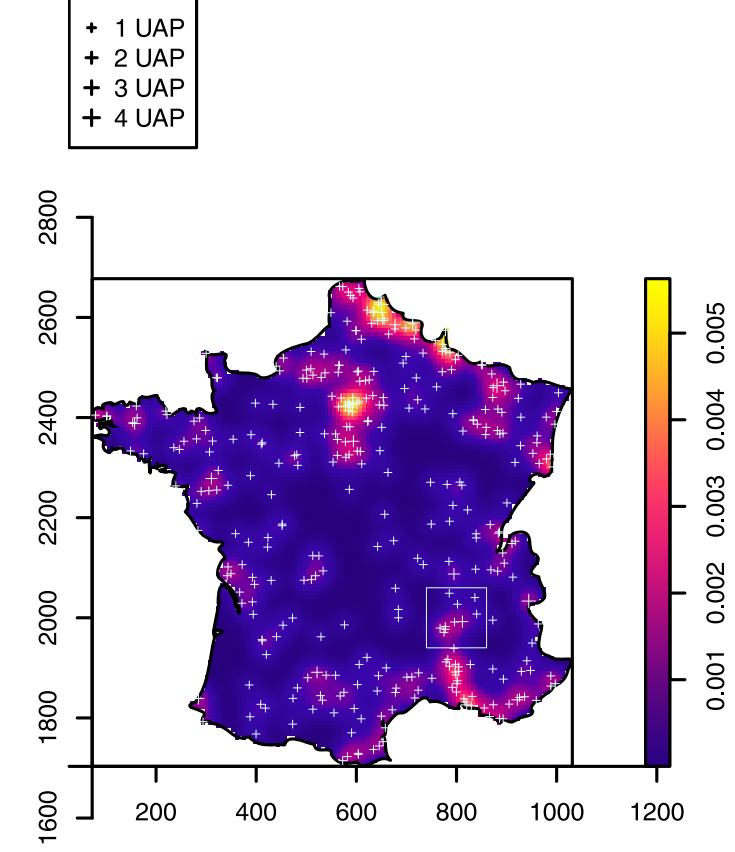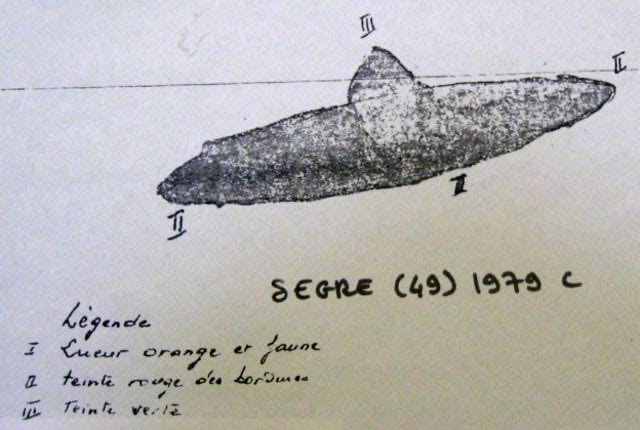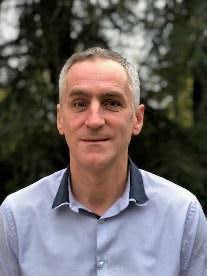Summary
GEIPAN (an acronym for Groupe d'Études et d'Informations sur les Phénomènes Aérospatiaux Non-identifiés, or Study Group and Information on Non-Identified Aerospace Phenomenon), is a unit within the French government’s CNES (National Centre for Space Studies). which investigates Unidentified Aerial Phenomena (UAP) cases.
The GEIPAN, as it is known today, is a continuation of French government UAP studies dating from 1977, the first of which was known as the GEPAN (Study Group of Unidentified Aerospace Phenomena). In 1988, the GEPAN was replaced by the SEPRA (rare aerospace phenomena expertise department). In 2005, following an audit, the President of CNES decided to restructure the activity and the GEIPAN replaced SEPRA, with a recommendation to inform the public in full transparency about UAP cases.
The GEIPAN is attached to the Deputy Directorate of the Toulouse Space Centre¹. It is supervised by a steering committee chaired by a recognized person from the aerospace world and composed of representatives of the country's civil and military authorities and CNES. The mission of this committee is to analyse the results of GEIPAN and to make recommendations to CNES.
The GEIPAN team is made up of three CNES agents: a manager, his deputy, and an investigator. The GEIPAN's budget comes from the public service subsidy received by CNES.
Since its creation, 2,978 cases² have been investigated by the GEIPAN and its predecessors.³ Out of that number, it has deemed 99 to be highly strange and highly reliable in their fidelity.

Work
The GEIPAN’s cases are published on its official website, which receives 30,000 hits a month. The team receives, on average, two UAP sighting reports per day and an 11-page form must be filled in for each case.⁴
The GEIPAN organises the UAP cases it has investigated under four categories: A, B, C and D.
Investigators throughout France participate with the GEIPAN to investigate cases on a voluntary basis. If necessary, they are mandated to do so by the GEIPAN, within the framework of specific missions and for a limited period, to visit the site of a case and conduct additional interviews with witnesses.
The GEIPAN also relies on multidisciplinary and scientific experts, who examine the most complex observation cases.
The GEIPAN also relies on external participants to conduct its investigations, including:
Origins

In the early 1970s, engineer, Claude Poher⁶, who was head of the systems and projects division at CNES, had taken an interest in the topic of UAP. He had become interested in the phenomena after reading the United States’ Condon report and was surprised to find a lot of unexplained cases.
By 1973, Poher had completed a statistical study of UAP, which he presented in 1975 at a meeting of the American Institute of Astronautics and Aeronautics. In 1976, Poher participated in the first technical conference of the Center for UFO Studies (CUFOS).
In 1976, Poher made proposals to the director of CNES for the creation of a UAP study group and had been assured of full cooperation from the French Air Force, the National Gendarmerie, and the national meteorology office.
In 1977, the French government asked CNES to put in place a permanent group for the study of UAP. That was done in May 1977, with the creation of the GEPAN, under the direction of Claude Poher.
At an inaugural session, the president of CNES, Hubert Curien, asked the GEPAN to study UAP reports with an open and scientific mind. A Scientific Council was also created, made up of 12 members to which GEPAN would have to report at least once a year.
It should be noted for background that on 7 January 1974, the French Navy’s aircraft carrier, Foch, experienced a UAP incident.⁷ While stationed by Douarnenez Bay, two military policemen observed an orange sphere hovering above the ship at an altitude of 900 feet.
On February 20, 1974, French Minister of the Armed Forces, Robert Galley touched upon the topic of UAP, declaring to Jean-Claude Bourret, a reporter for France Inter (a French radio channel) that:
“We are forced to recognize that there is something we do not understand. There is also the multiplication, quite impressive, of visual observations of luminous phenomena, sometimes spherical, sometimes ovoid, and which are translated by extraordinarily fast displacements.”⁸
17 years later,⁹ Galley explained that his initial comments were based on his scientific experience and that, “it is through the observation of scientifically proven anomalies that human knowledge advances.”
Mission
The GEIPAN’s mission is to provide an operational service based on surveys related to reported UAP observations. Its process for each case is as follows:
Famous Cases
Notably, the GEIPAN’s predecessor organisation (before the SEPRA), the GEPAN, investigated a famous French case in January 1981,¹⁰ ¹¹ in the village of Trans-en-Provence, southeast France. A 55-year-old farmer named Renato Nicolai reported that an unknown craft landed on his property before taking off at high speed. At the time, Nicolai thought it was an experimental military craft.¹²
According to Nicolai, the craft was small, only a few feet in diameter, grey in colour and had small 'landing' legs on its base. He claimed it emitted neither flame nor smoke and had a dimension of approximately 2.5 m by 1.70 in height
In total, the encounter lasted between 30 and 40 seconds.
Nicolai notified law enforcement officers, who subsequently interviewed Nicolai and collected soil and plant samples, which were provided to the GEPAN, which became involved on February 17, 1981.
Soil and plant samples were taken and analyzed by four different laboratories. The analysis undertaken discovered:
Nicolai was also examined by psychologists who concluded that he was telling the truth. But the investigation was unable to determine the origin of the alleged craft.
Leadership

The GEIPAN’s manager since November 2021¹³ is Vincent Costes¹⁴. He replaced Roger Baldacchino, who served as the GEIPAN’s manager for three years.
Born in 1971, Costes graduated from the Institut d’Optique Graduate School and later became an optical engineer with CNES and worked on the French Space Agency Helios 2 and Pleiades projects. He then went on to oversee the system and performance of the space telescope known as CoRoT.
Wishing to expand his horizons and driven by a passion for observational sciences, Costes has said that he specifically requested to become the GEIPAN's manager.¹⁵
Study of the GEIPAN’s Unexplained Cases
The French Astronautical and Aeronautical Association’s¹⁶ (AAAF) technical committee, known as 3AF-SIGMA2¹⁷, undertakes scientific study and analysis of the 99 cases classified by the GEIPAN as highly strange and reliable.
The committee brings together a wide range of expertise, including engineers from private industry and the state sector, air defense specialists, radar specialists, electromagnetism specialists, an astronaut, and an astrophysicist.¹⁸